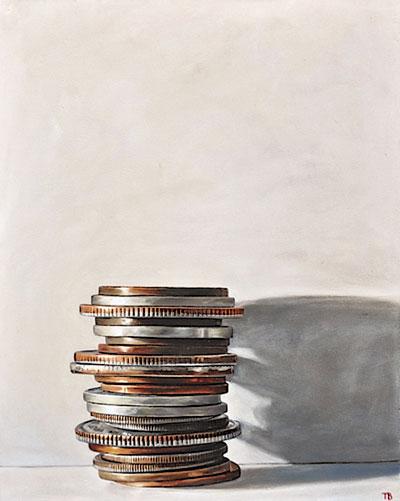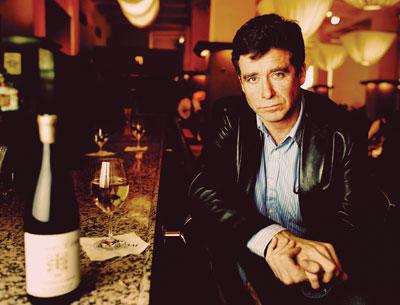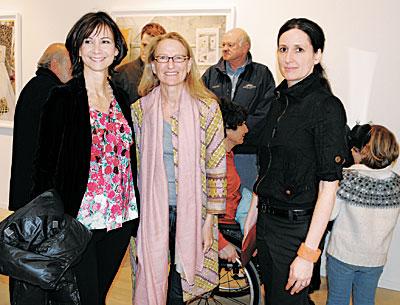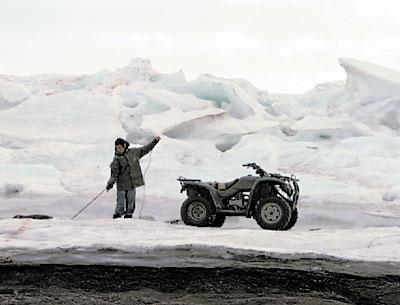Alice Aycock, a Mind at Work
Alice Aycock, a Mind at Work
“Alice Aycock Drawings: Some Stories Are Worth Repeating,” will open this week at not one, but two venues — the Parrish Art Museum and the Grey Art Gallery at New York University.
The show, presented in partnership with the two venues and organized by Jonathan Fineberg, an adjunct curator for the Parrish, will follow the artist’s creative process from 1971 to the present through the vital and early stages of her ideas and their development.
Viewers are accustomed to seeing Ms. Aycock’s work in its final form, large-scale installations and outdoor sculptures, but her drawings show a mind at work, solving problems and breaking new ground. They also provide further evidence of her ideas and sources, offering clues to their meaning.
“Aycock is an artist who thinks on paper,” according to Terrie Sultan in her catalogue introduction. “Her spectacular drawings are equal parts engineering plan and science-fiction imagining. As in all of her work, fantastic narrative writings weave in and out of her images, inspiring her production of sculptural objects, drawings, and installations.”
The entire show has some 100 works and will be divided into time periods. The Grey Art Gallery will show the earlier portion from the years 1971 to 1984. The Parrish picks up from 1984 to the present. According to the Parrish, this is a period when the artist “developed an increasingly elaborate visual vocabulary, drawing upon a multitude of sources and facilitated in part by the use of computer programs.” The New York City show will include detailed architectural drawings, sculptural maquettes, and photo documentation for both realized and imagined architectural projects.
The Parrish will open its show on Sunday and the Grey show will open on Tuesday. At the Parrish there will be a gallery talk led by the curator at 11:15 a.m. Ms. Aycock will deliver an illustrated lecture on May 17 at 6 p.m., and Robert Hobbs, the author of “Alice Aycock: Sculpture and Projects” will discuss the artist’s work on June 28 at 6 p.m. Tickets are $10 to all events and free for members. Advance purchase on the museum’s Web site is recommended.




